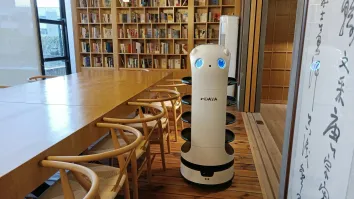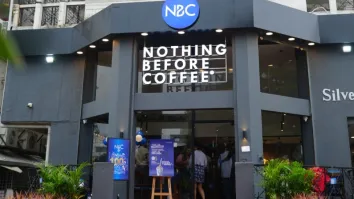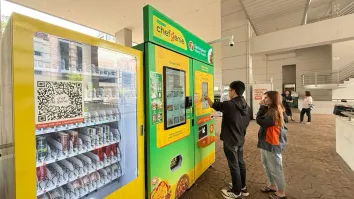QSRs turn to tech as competition squeezes margins
Food chains face growing pricing pressure as Chinese and global entrants reshape the QSR landscape.
A wave of expansion by global and Chinese food brands is intensifying competition across Southeast Asia’s quick-service restaurant (QSR) industry—forcing local players to adopt technology and rethink their customer strategies to survive.
“Competition is really, really fierce, and all the brands need to really work hard to stay ahead of trends and consumer preferences,” said Andrew Liu, Co-founder of Momos, an AI platform that supports multi-location QSRs.
Liu identified three forces reshaping the market: global chains like Shake Shack and Chick-fil-A entering the region; the introduction of new food categories such as Nashville Hot Chicken and gourmet pizza; and the rapid rise of venture-backed beverage brands.
These fast-scaling brands are bringing aggressive pricing and massive reach, with Mixue now ranked as the world’s largest F&B brand by number of outlets. That’s putting pressure on regional players to maintain profitability while defending market share.
“There’s always going to be aggressive pricing and competition,” Liu noted. “Whenever external factors are providing a challenge to your business, we often encourage our QSR customers and executives to really look internally.”
That inward focus, he explained, starts with customer data and ends with local relevance. “It’s really listening to your customer and understanding their preferences… so you can make better data-driven decisions.”
Localisation has become one of the most effective responses to foreign competition, and technology is now central to how QSRs stay cost-efficient and competitive, according to Liu. “We always see technology as needing to achieve three really key functions: consolidate and measure, significantly save costs, and drive revenue.























Commentary
Design, Data, Discipline: The answer to attrition for QSRs in Asia
What's driving the rapid growth of coffee retail in the Philippines?